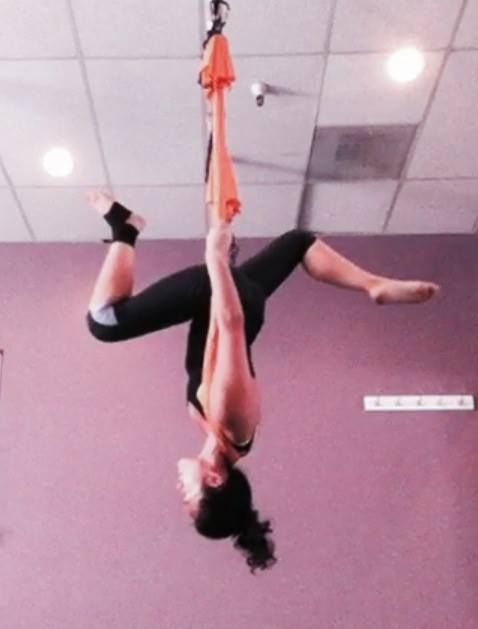
As part of Summer Reads, Molly Gaudry shares what she’s planning on reading this summer.
***
My first year as a PhD candidate at the University of Utah is behind me. Classes ended in April, and for the entire month of May I’ve mostly been hanging upside down at Imagination Place (our local AntiGravity Fitness studio here in SLC). As an instructor-in-training, working toward certification, I haven’t had or made time to read since the end of the term, and it’s been a relief to work the body for days and weeks on end instead of the mind (even if I don’t necessarily believe in such a distinction, preferring instead to think of the body as the mind in motion). But this morning, for the first time in over a month, I cracked open a book. Marguerite Duras might have said this particular book was screaming at me from its place on the shelf. Who knows why a book screams when it screams.
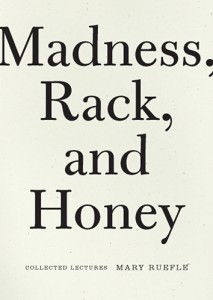
The book was Mary Ruefle’s Madness, Rack, and Honey (Wave). First I reread one dog-eared passage about Sappho, the moon, and lyric poetry. Ruefle supposes that “stars were the first text, the first instance of gabbiness; connecting the stars, making a pattern out of them, was the first story, sacred to storytellers. But the moon was the first poem, in the lyric sense, an entity complete in itself, recognizable at a glance.” I love that she thinks this, that she wrote this. I look at the moon sometimes and am filled with wonder: Who else is looking at this moon, tonight, right now, like me? Did you know that May’s full moon was a “flower moon” and that June’s will be a “strawberry moon”? Do you remember Calvino’s story about the moon: “I could distinguish the shape of her bosom, her arms, her thighs, just as I remember them now, just as now, when the Moon has become that flat, remote circle, I still look for her as soon as the first sliver appears in the sky, and the more it waxes, the more clearly I imagine I can see her, her or something of her, but only her, in a hundred, a thousand different vistas, she who makes the Moon the Moon and, whenever she is full, sets the dogs to howling all night long, and me with them.” In a “Music and Mantra” workshop I took a few weeks ago with mostly yogis, I decided I liked one yogi in particular and made a mental note—what the hell—to take her next “full moon yoga class” outside, in a park, under the night sky. I’m into the moon, I guess. And I was attracted to this woman’s gentleness, how kind she seemed, and how, surprisingly, she wasn’t all that “woo-woo” for a yogini who teaches a full-moon yoga class in a park every month. I wonder, What is your story about the moon?
In Ruefle’s title essay, a fair bit of time is spent puzzling out a three-line poem attributed to Hafiz:
I shall not finish my poem.
What I have written is so sweet
The flies are beginning to torment me.
“It is so simple and clear,” Ruefle writes, “the ‘figurative’ sweetness of the author’s verse has become honey, causing ‘literal’ flies to swarm on the page or in or around the author’s head. This is truly the Word made flesh, the fictive made real, water into wine. That is the honey of poetry: the miracle of its transformation, which is that of creation: once there was a blank page—scary!—now there is something in its place that is attracting flies. Anyone who has not experienced the joy, pleasure, transport, and sweetness of writing poems has not written poems. If it has never once been fun for you, you probably haven’t experienced what we talk about when we talk about poetry.”
READ MORE >
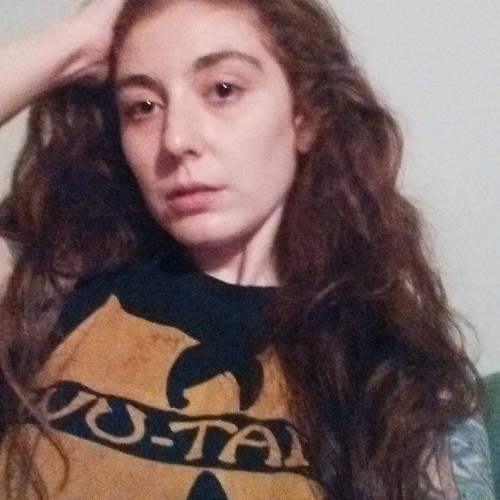 As part of Summer Reads, Alexandra Naughton shares what she’s looking forward to reading this summer.
As part of Summer Reads, Alexandra Naughton shares what she’s looking forward to reading this summer.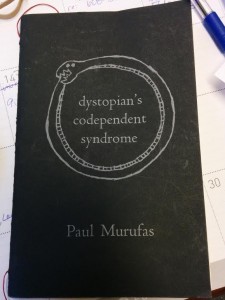
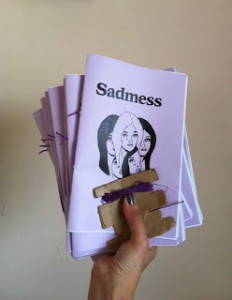
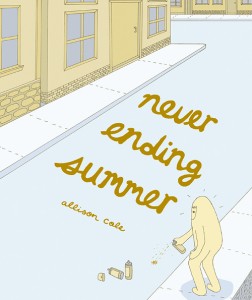

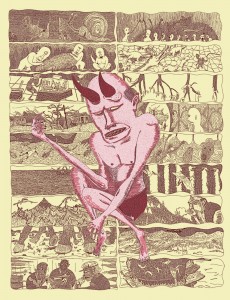

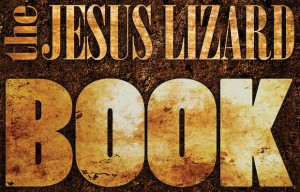 The Jesus Lizard Book
The Jesus Lizard Book
 Tender Buttons: The Corrected Centennial Edition
Tender Buttons: The Corrected Centennial Edition



